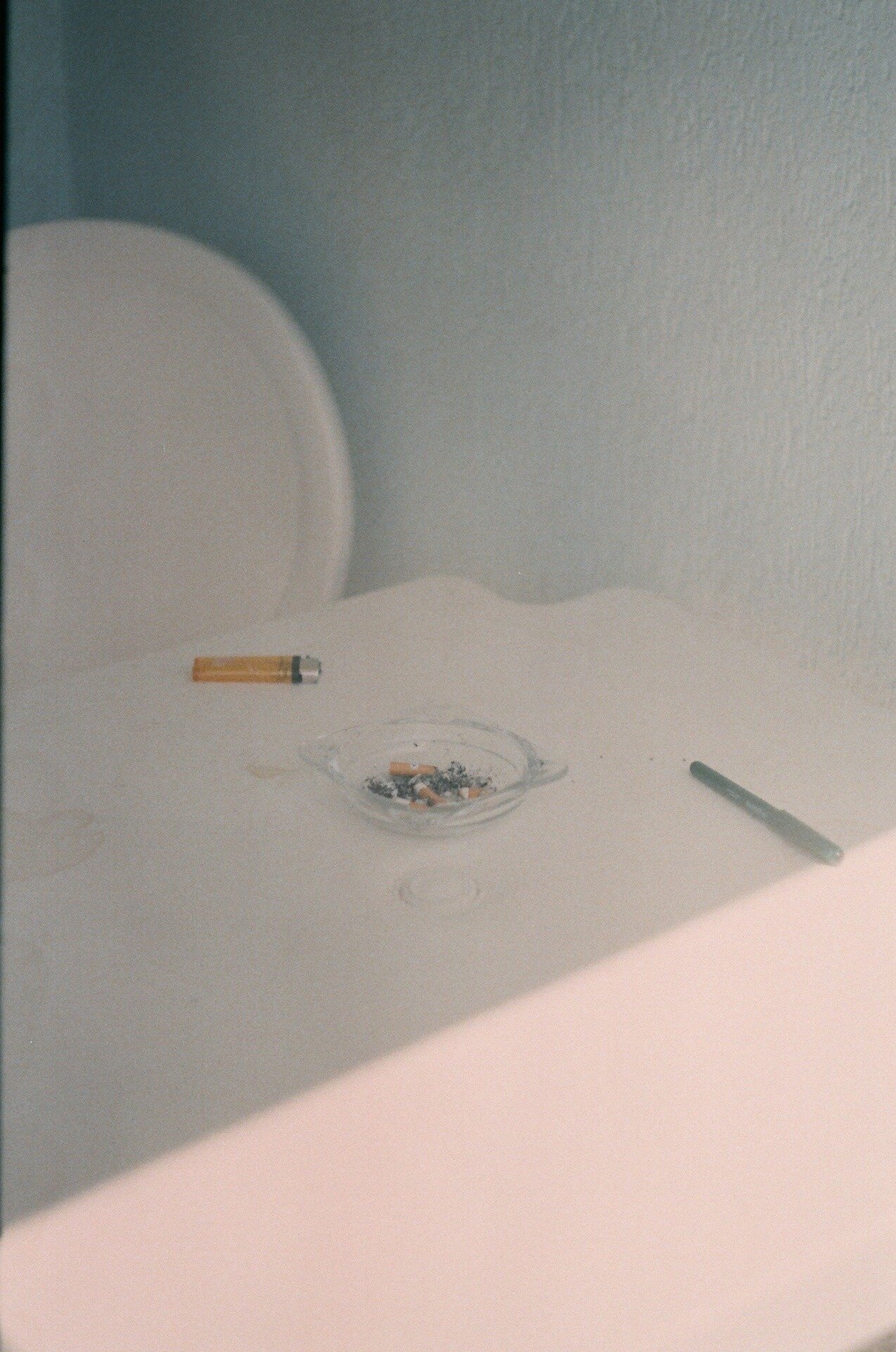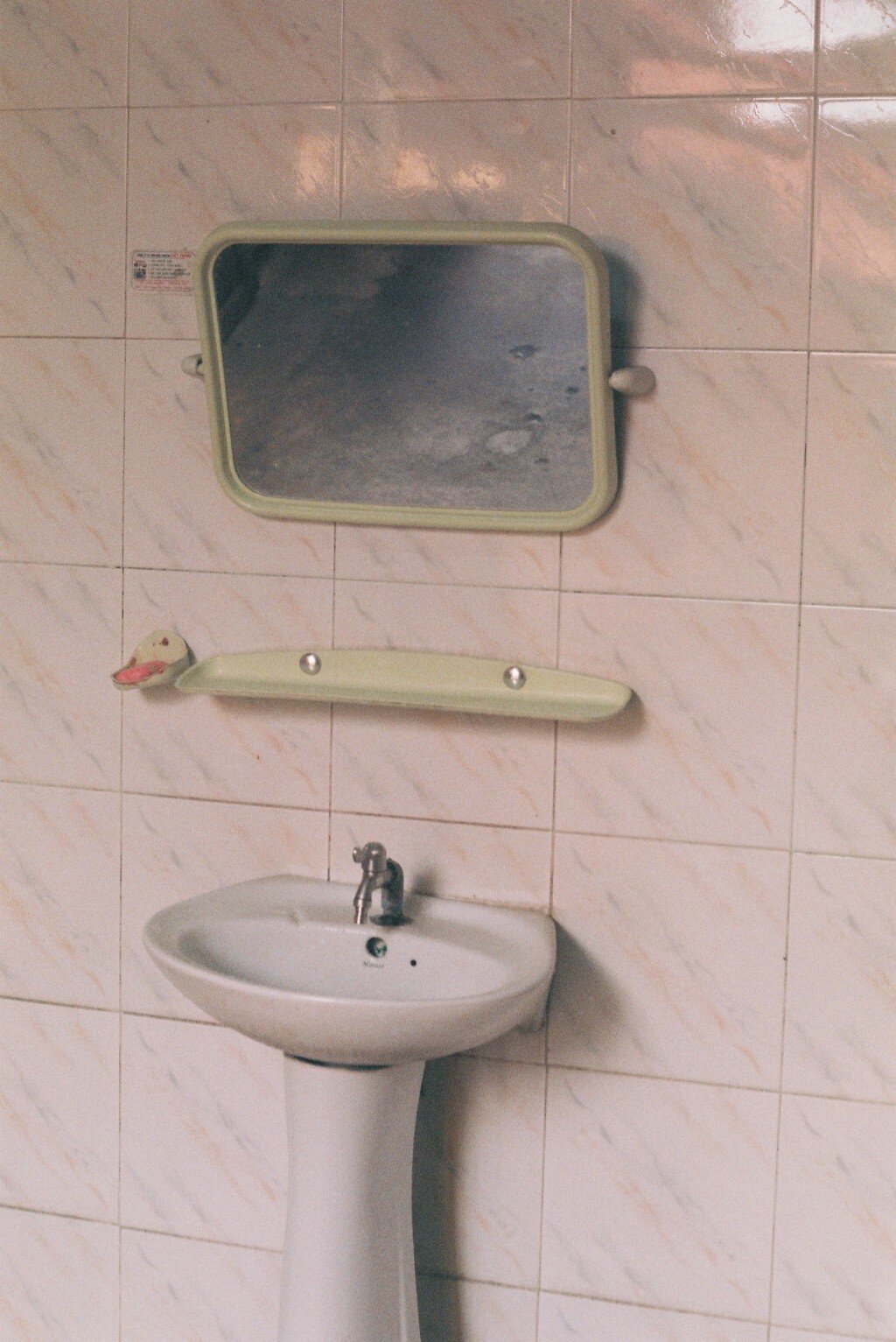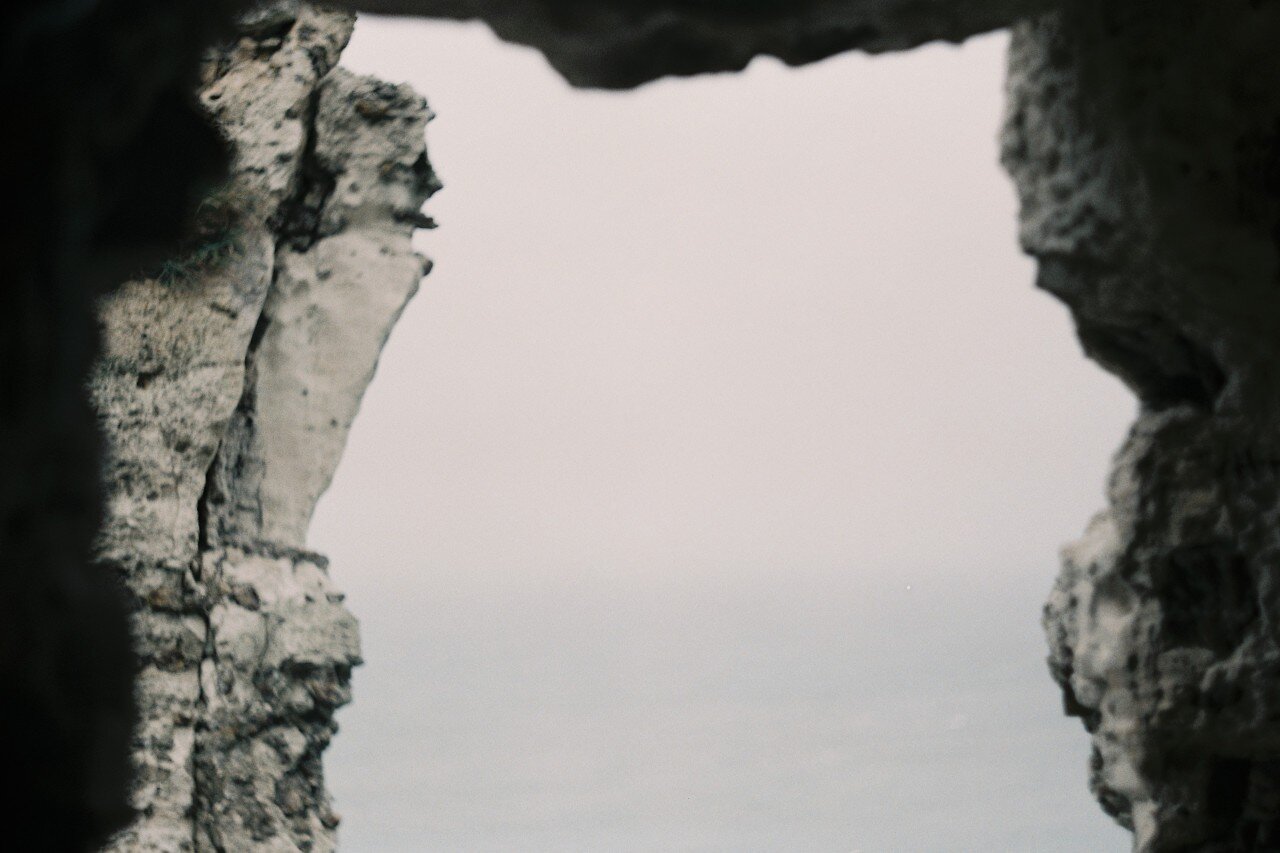Marta Garcia de Faria: all stories must be told
A text by Lili Beke
September 2021
Marta Garcia de Faria, Red Carpet
Marta Garcia de Faria was born in Lisbon and raised in Barcelona. Before her move to London five years ago she spent a good while living in Paris, as testified by the majority of her photographic work, which is based in the ‘City of Light’. After studying Law in Spain, Marta pursued a Master’s in Cultural Administration in London. Meanwhile, she also worked at various galleries and arts institutions, e.g. Oblyon in Barcelona, Galere Emmanuel Hervé in Paris and Parasol Unit, Saffronart, and Sotheby’s Auction House in London.
The first time I met Marta was at a work function a few years back. As per the party committee’s instructions, I was a nervous newbie wobbling around on heels with glitter stickers pasted all over my chin. A colleague and I had clinked our glasses together so violently the flutes had exploded in our palms, leaving us soaked and sticky. Marta and I were introduced but no handshaking took place (as I was busy shoving my fingers into a basket of fried cheese balls- go big or go home, right?). She looked up slowly, taking all 6ft of me in, tilting her head from one side to the other, her eyes following along the reflections of my rainbow face jewels. I could see her taking a mental image of my glowing complexion. “Suits you”, she said, her mouth curling into the lazily infectious grin she would from then on greet me with.
Marta Garcia de Faria, Maybe Mars
As I write this, sudden gusts of wind pry at the slanted windows of my loft located in Vienna’s 3rd district. I’ve been alternating between rereading my favourite passages from Jeanette Winterson’s Lighthousekeeping and leafing through Marta’s atmospheric photo journal. The continuous narrative of existence is a lie, reads one underline, There is no continuous narrative, there are lit-up moments, and the rest is dark. When you look closely, the twenty-four-hour day is framed into a moment; the still-life of the jerky amphetamine world. I switch on over to the intimate collection of images and feel that familiar tickle inch its way up my spine. All of a sudden I feel nostalgic for an experience that isn’t mine. I recognize the places I see. I imagine inhabiting the obscure bodies captured in the shots. I envision ways in which the world continues beyond the confines of the frame. That woman, a pieta. Those men, rough angels with an unknown message. The children holding hands, spanning time, this paragraph I have circled multiple times, And in every still-life, there is a story, the story that tells you everything you need to know. The bell tower of St. Roch’s Church rings out. It’s 3 pm. I reach for another slice of peach and camembert and stare mesmerized at the black and white picture of a bare-bottomed man strolling serenely down a beach in Barcelona.
Marta Garcia de Faria, Algarve
Marta Garcia de Faria, Barcelona
Marta considers photography more of a distraction than action, an extension of marvel, a creative form of reflection. “I have always been intrigued by the demands photography places on perception. In the same vein, I also love writing and getting to know artists and other creatives, as they inform me on how to see reality through their different perspectives. The interviews and essays I have conducted are the outlets of this curiosity. I must say that my first steps in using photography as a medium were unconscious. At fifteen, my best friend and I spent our summers together on the Southern coast of Portugal in a very low-key, ugly apartment complex, which for us was extremely photogenic. We would wake up at dawn and head out, searching for the best lighting. We would do shoots on the beach or sneak into the pool’s closed area, or onto the rooftops to capture balmy scenes and mixes of scenic colours. We weren’t chasing a narrative, it was simply a liberating act of exploration. I have always stuck by analogue, however, because I absolutely adore the surprise effect and how crafty you can get with the light. As much as technological advances and the precision of digital cameras allure me, the softness you can achieve using analogue photography is incomparable. I saw Christopher Nolan’s unrestored version of 2001: A Space Odyssey (1968, Stanley Kubrick) in a London cinema in 2018. The burst of unprecedented colours I perceived in that movie, provided by the unrestored use of 70mm films just as they were released in 1968, completely blew my mind. I had never seen anything like it in digitized movies before”.
Marta Garcia de Faria, Paris Manif II
In Marta’s photographs, humanity lingers even in the most secluded and abandoned of places. She believes her approach to be a clichéd one, a search for the aesthetically pleasing as it occurs in our daily lives, combined with the irony of human interactions and presence. “I rarely feel inclined to stage photographs. I’d much rather play around with what I have on a peripheral view. I think it is great if someone can empathize and relate with the pictures but that is not what prompts me to take them. I think we all have a collective imagination, even more so today as we live in an environment populated by a constant and shared flow of imagery and so statistically it is more probable that we can relate to each other’s visions. That of course also implies dominant, yet fleeting trends and some people argue that could be what sparks intrigue in both the viewer and ultimately the creator too. Susan Sontag makes these very logical points about the camera making everyone a tourist in other people’s reality and eventually in one’s own. She phrases it in such an evocative manner; I agree with her take on a sense of compulsion to pursue photography and this yearning to turn experience itself into a way of seeing. I believe that photography is a tool that is more naturally inclined to depict reality. She is democratizing photography as every person’s way of seeing reality at any moment in anyone’s lifetime. As she claims, no moment is more important than any other moment; no person is more interesting than any other person. I understand photography as a mode of reality, a diversified way of expression. As opposed to the cryptic manner and tendencies of poems, paintings, or sculptures, photography relays an increasingly intelligible view. However, that does not signify that the depiction of reality needs to be fully realistic.”
Marta Garcia de Faria, Blanca in Menorca
Marta Garcia de Faria, Montegordo
The intrigue of Marta’s photographic work is in the details and the timing. The shots capture a moment verging on static, dialed down to slow-motion, frozen in place but actually moving at a tranquil and honest pace. They appear to have been snapped in an instant before another subtle movement altered how the occurrence captured continued to play out in real life. Living in Paris proved to be the most productive and stimulating photographic period for her, not only on account of the city’s direct association with the emergence of the art market at the turn of the 19th Century and the vast number of museums and galleries but also the contemporariness and beauty of the metropolis itself. “My favourite author Enrique Vila-Matas’ Never Any End to Paris accompanied my transition to Paris from Barcelona. It is a semi-fictionalized autobiographical portrait of the author’s life spent in Paris in the 1970s, living in an attic rented by Marguerite Duras in the 7th arrondissement (the hotspot of the city then), in search of finding his inner writer. This book is the epitome of the Bohemian French Bourgeoisie. For me, it marked a starting point, a way ‘in’, a means to get to know the city and its inhabitants. The whole essence of photography is capturing an image from a moving reality. If you take, for instance, my picture of the guy in the car with the Paris Haussmann reflections on the car’s window, it was taken during the Republican marches in Paris, arranged in honour of the victims of Charlie Hebdo, shortly after the attack. Being one of the first attacks in the city, there was such an intense sense of rage amongst the Parisians. The man pictured was suffering from claustrophobia and was therefore encouraged to take shelter inside the car. You see in his expression that he is paralyzed, his body is slacking against the seat. The dichotomy for me is that there is a certain harmony to the image in its tranquility resulting from the opposing forces induced by the environment; someone suffering and trying to escape a crowd of angry people”.
Marta Garcia de Faria, Stiges
Marta Garcia de Faria, Hanoi II
There it is; the light across the water. Your story. Mine. His. It has to be seen to be believed. And it has to be heard. The chipped white bowl on my desk now sits empty, except for the vivid orange-red coloured remains of juice and peach skins resting at its bottom. In the endless babble of narrative, in spite of the daily noise, the story waits to be heard. The rookie composer across the courtyard is about to begin his usual afternoon pastime; an hour-long fidgeting with the piano keys. My most ardently underlined paragraph within the pages of Lighthousekeeping reads: Some people say that the best stories have no words. It is true that words drop away, and that the important things are often left unsaid. The important things are learned in faces, in gestures, not in our locked tongues. The true things are too big or too small, or in any case, are always the wrong size to fit in the template called language.
Marta Garcia de Faria, Etretat









